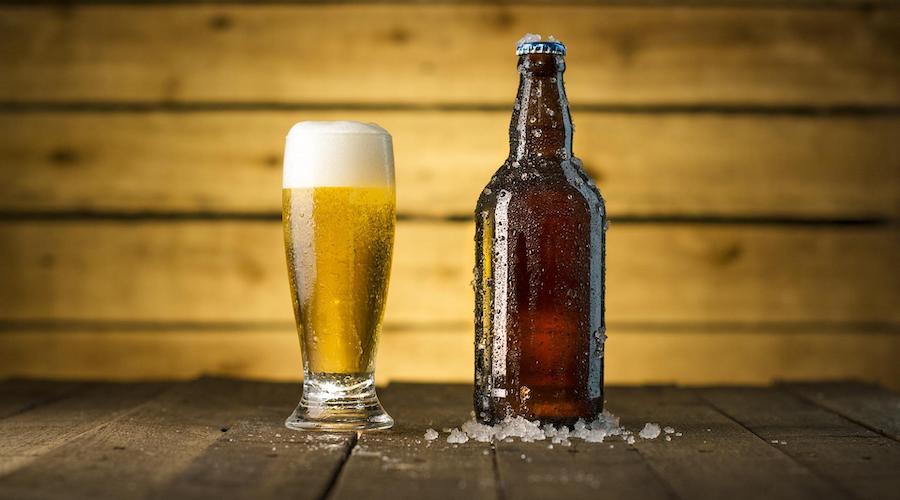In a paper published in the journal Nature Communications, the scientists explain that such a fully sustainable system would purify the water and divert what would otherwise be a waste stream needing disposal.
In the study, the team points out that in the US alone, more than 12,000 miles of waterways are impacted by acidic mine-drainage water rich in heavy metals, the country’s leading source of water pollution. And unlike organic pollutants, most of which can be eventually broken down, heavy metals don’t biodegrade, but persist indefinitely and bioaccumulate. They are either impossible or very expensive to completely remove by conventional methods such as chemical precipitation or membrane filtration.
“We don’t just need to minimize the existence of lead; we need to eliminate it in drinking water,” researcher Patritsia Statathou said in a media statement. “And the fact is that the conventional treatment processes are not doing this effectively when the initial concentrations they have to remove are low, in the parts-per-billion scale and below. They either fail to completely remove these trace amounts or in order to do so they consume a lot of energy and they produce toxic byproducts.”
The role of S. cerevisiae
The solution studied by the MIT team is not a new one—a process called biosorption, in which inactive biological material is used to remove heavy metals from water has been known for a few decades. But the process has been studied and characterized only at much higher concentrations, at more than one part-per-million levels.
“Our study demonstrates that the process can indeed work efficiently at the much lower concentrations of typical real-world water supplies, and investigates in detail the mechanisms involved in the process,” Athanasiou said.
The team examined the use of a type of yeast widely used in brewing and in industrial processes, called S. cerevisiae, on pure water spiked with trace amounts of lead. They demonstrated that a single gram of the inactive, dried yeast cells can remove up to 12 milligrams of lead in aqueous solutions with initial lead concentrations below 1 part per million. They also showed that the process is quick, taking less than five minutes to complete.
Biosorption mechanisms
Because the yeast cells used in the process are inactive and desiccated, they require no particular care, unlike other processes that rely on living biomass to perform such functions which require nutrients and sunlight to keep the materials active. What’s more, yeast is abundantly available already, as a waste product from beer brewing and from various other fermentation-based industrial processes.
Stathatou has estimated that to clean a water supply for a city the size of Boston, which uses about 200 million gallons a day, would require about 20 tons of yeast per day, or about 7,000 tons per year. By comparison, one single brewery, the Boston Beer Company, generates 20,000 tons a year of surplus yeast that is no longer useful for fermentation.
The researchers also performed a series of tests to determine that the yeast cells are responsible for biosorption. Athanasiou pointed out that exploring biosorption mechanisms at such challenging concentrations is a tough problem.
“We were the first to use a mechanics perspective to unravel biosorption mechanisms, and we discovered that the mechanical properties of the yeast cells change significantly after lead uptake. This provides fundamentally new insights for the process,” she said.
Next steps
Devising a practical system for processing the water and retrieving the yeast, which could then be separated from the lead for reuse, is the next stage of the team’s research.
“To scale up the process and actually put it in place, you need to embed these cells in a kind of filter, and this is the work that’s currently ongoing,” Stathatou said.
The scientists are also looking at ways of recovering both the cells and the lead.
The same material can potentially be used to remove other heavy metals, such as cadmium and copper, but that will require further research to quantify the effective rates for those processes.



